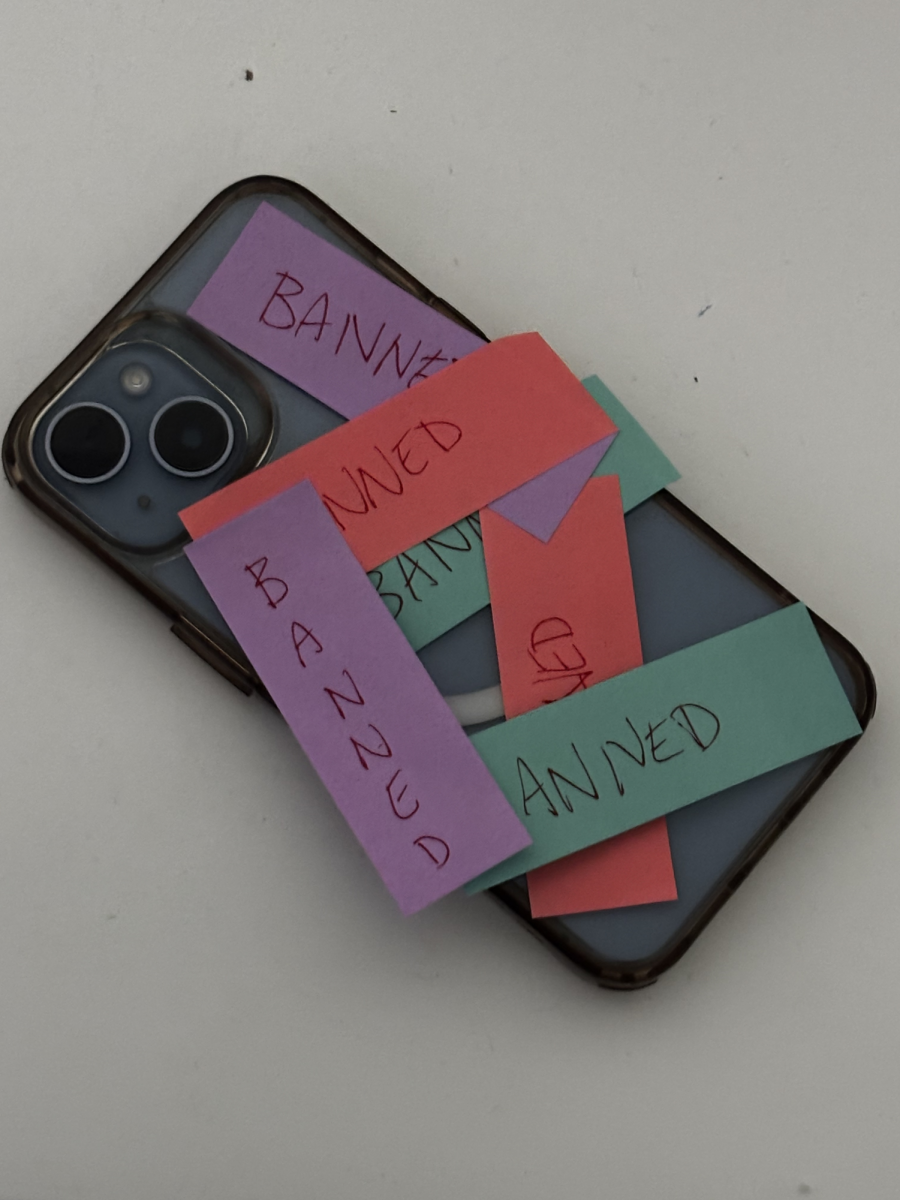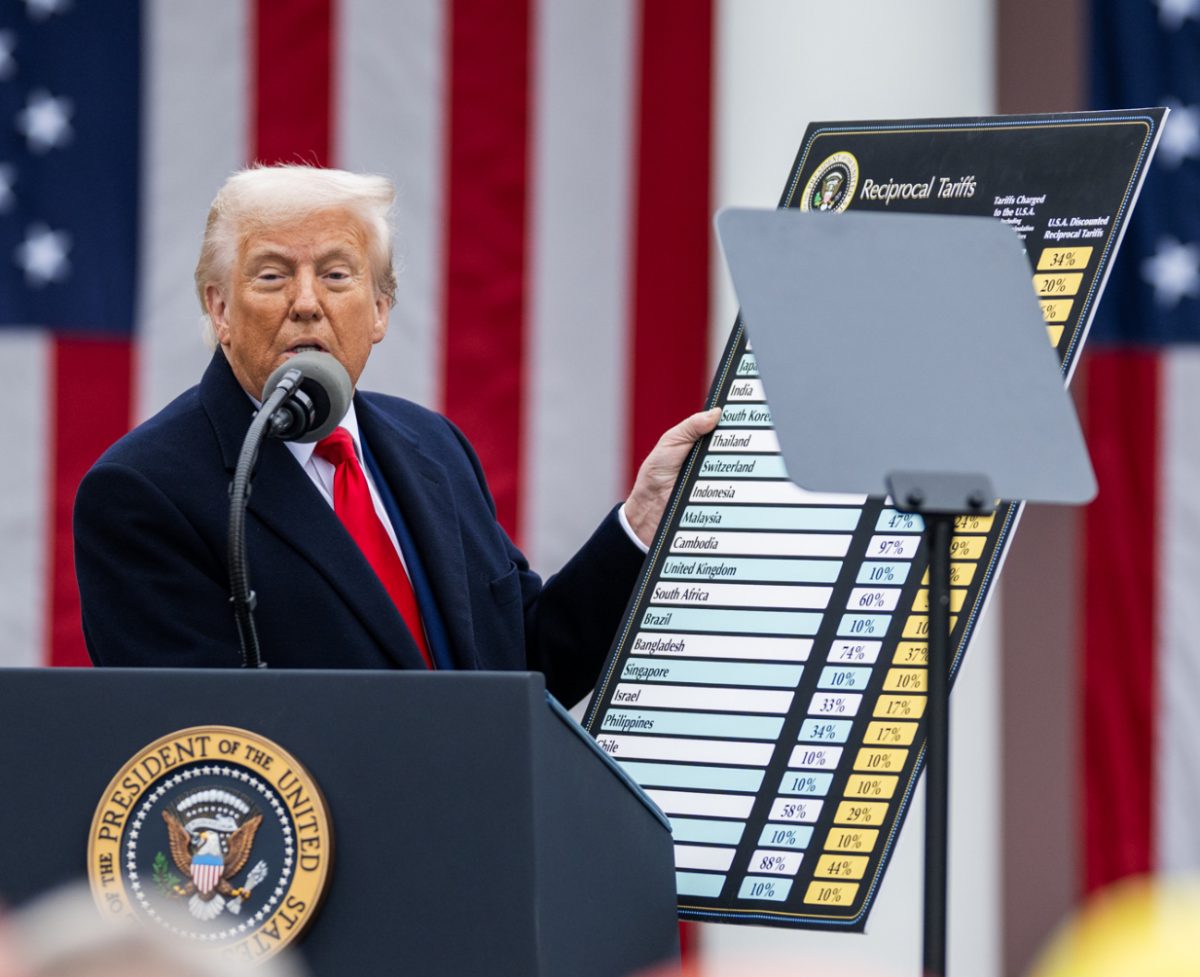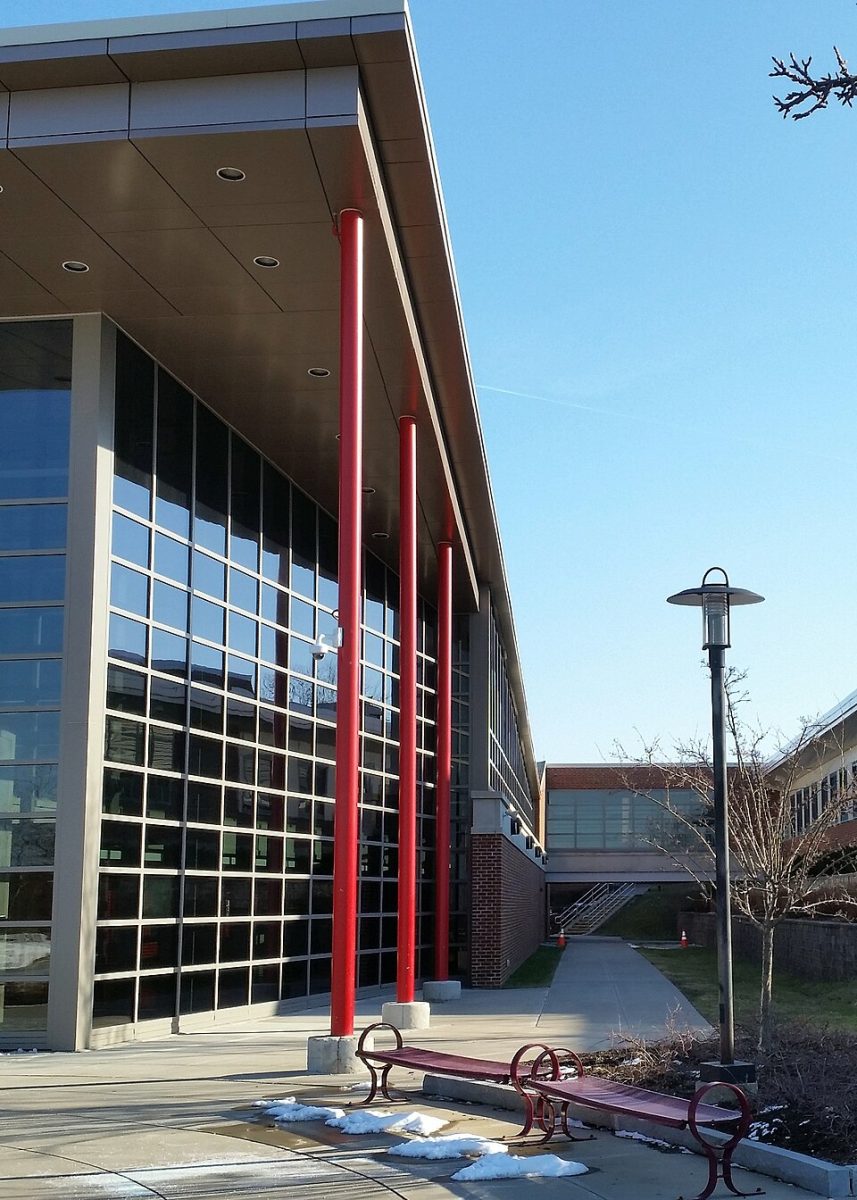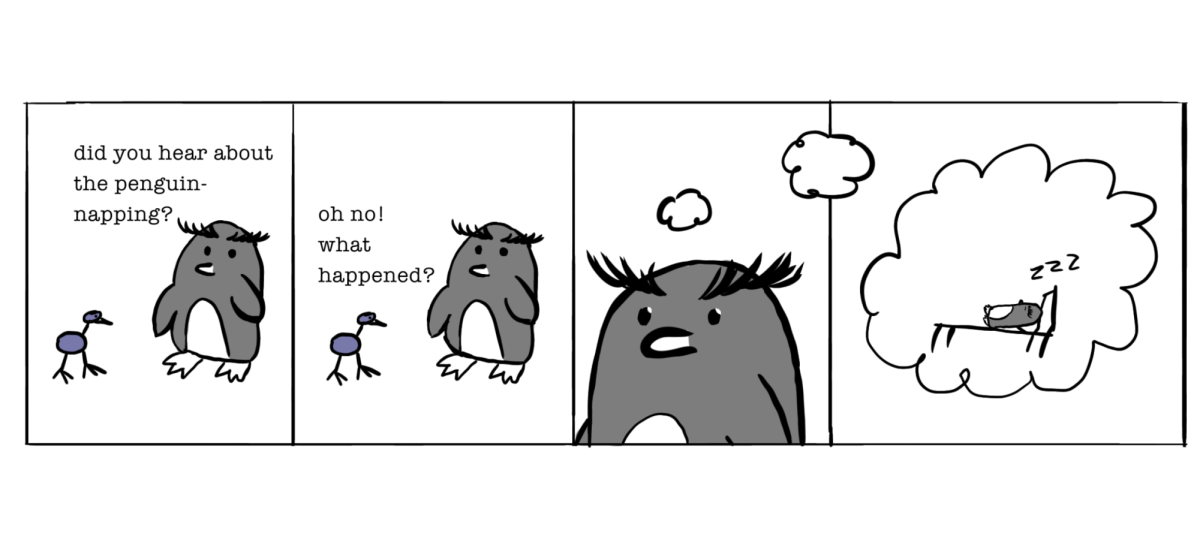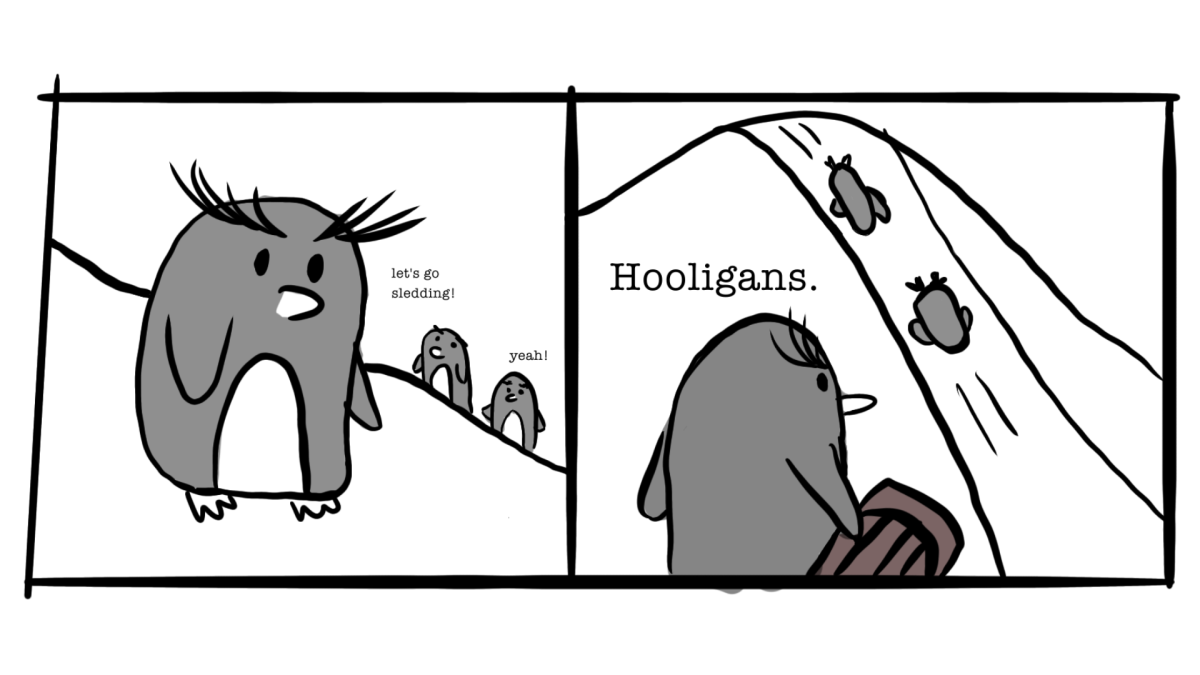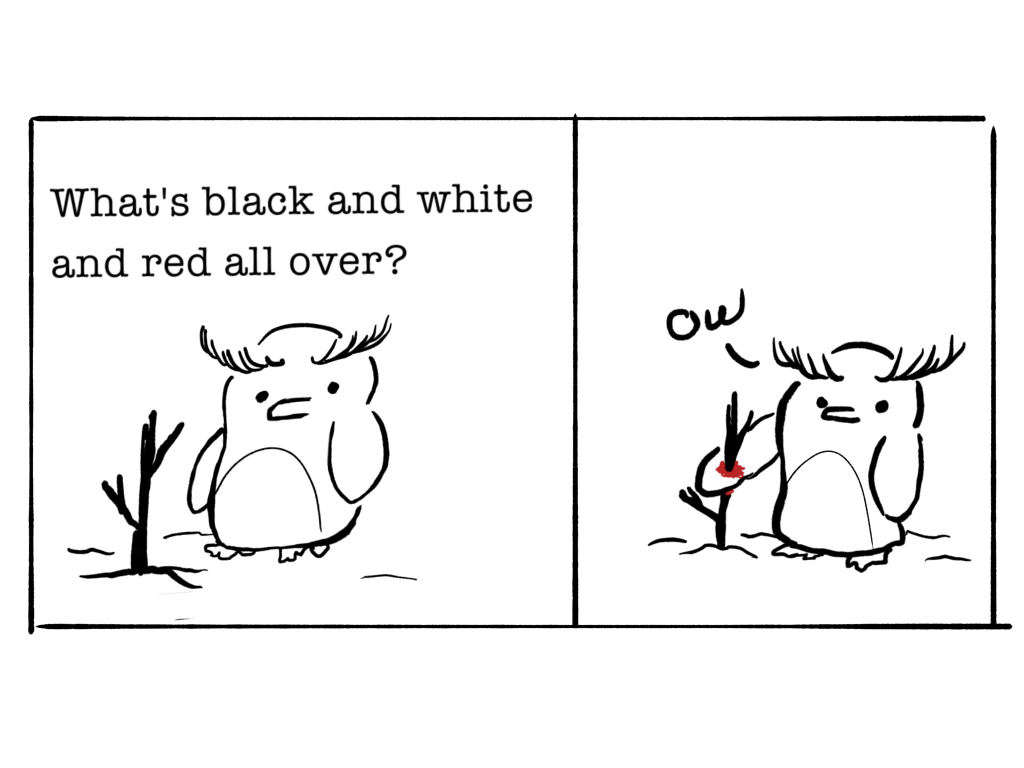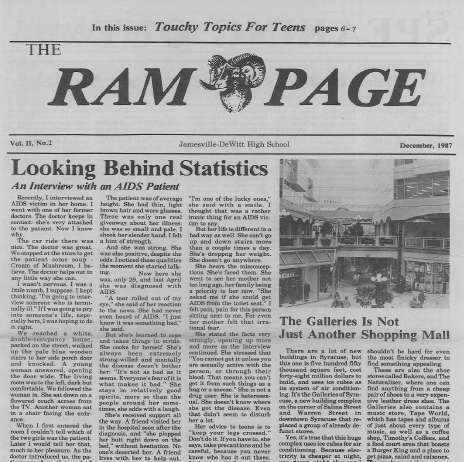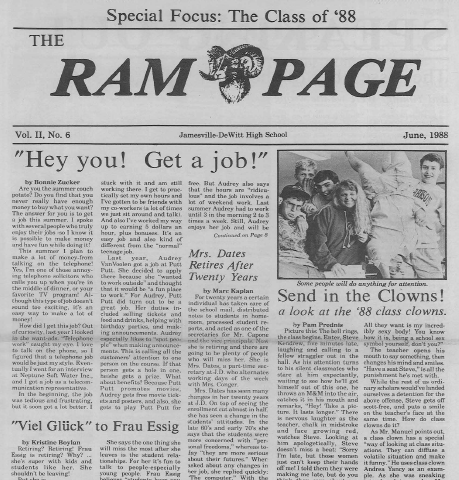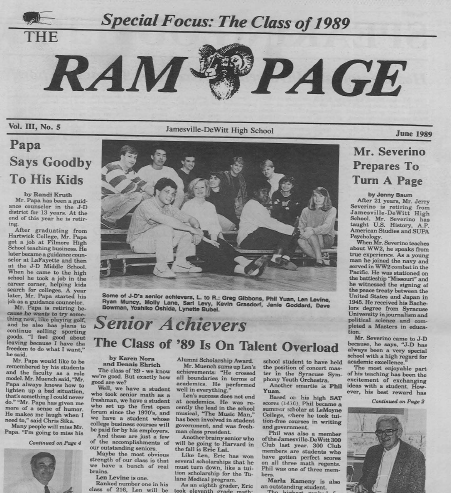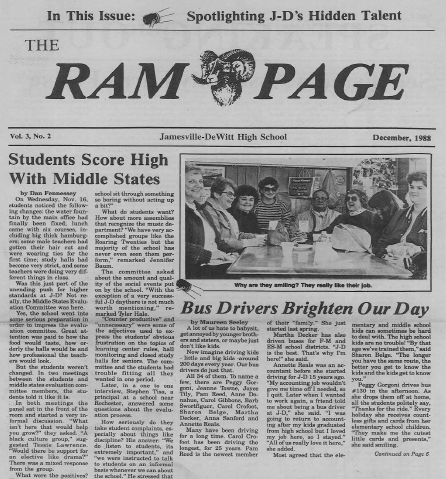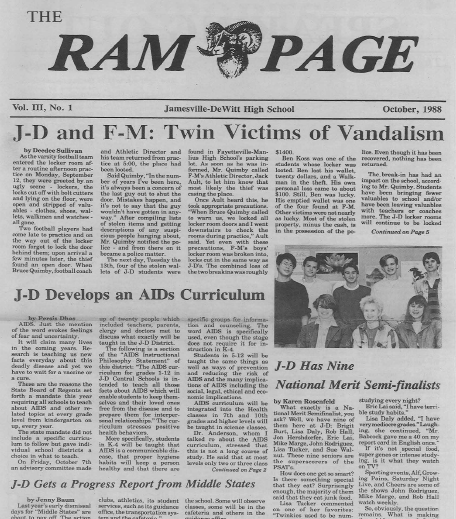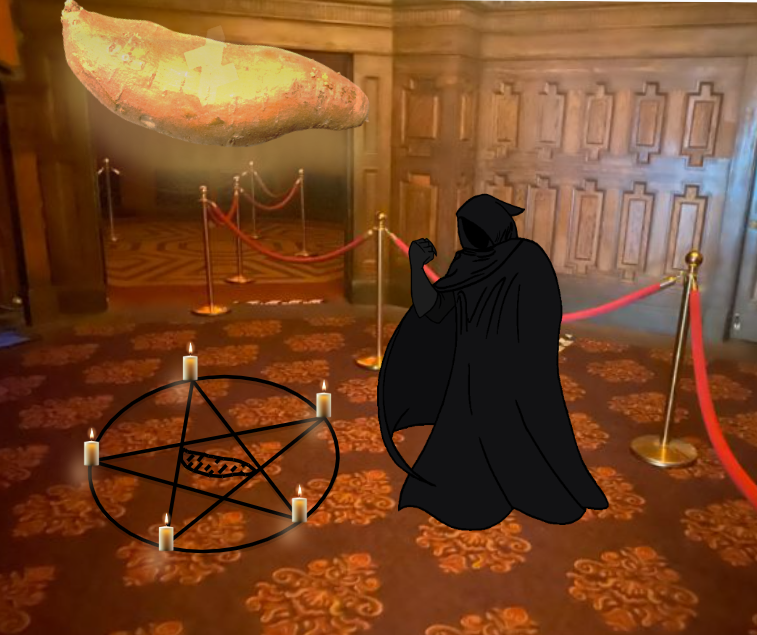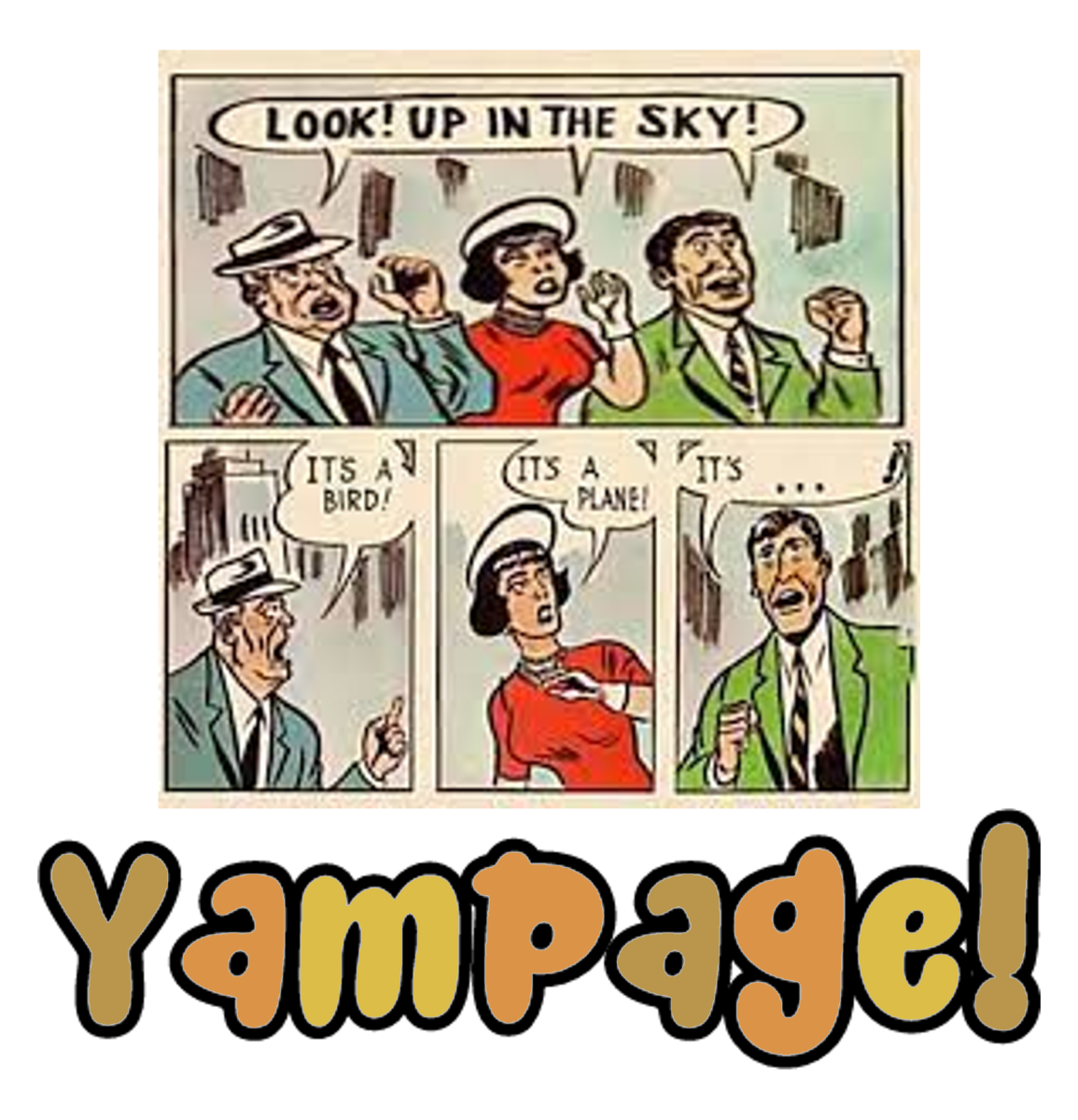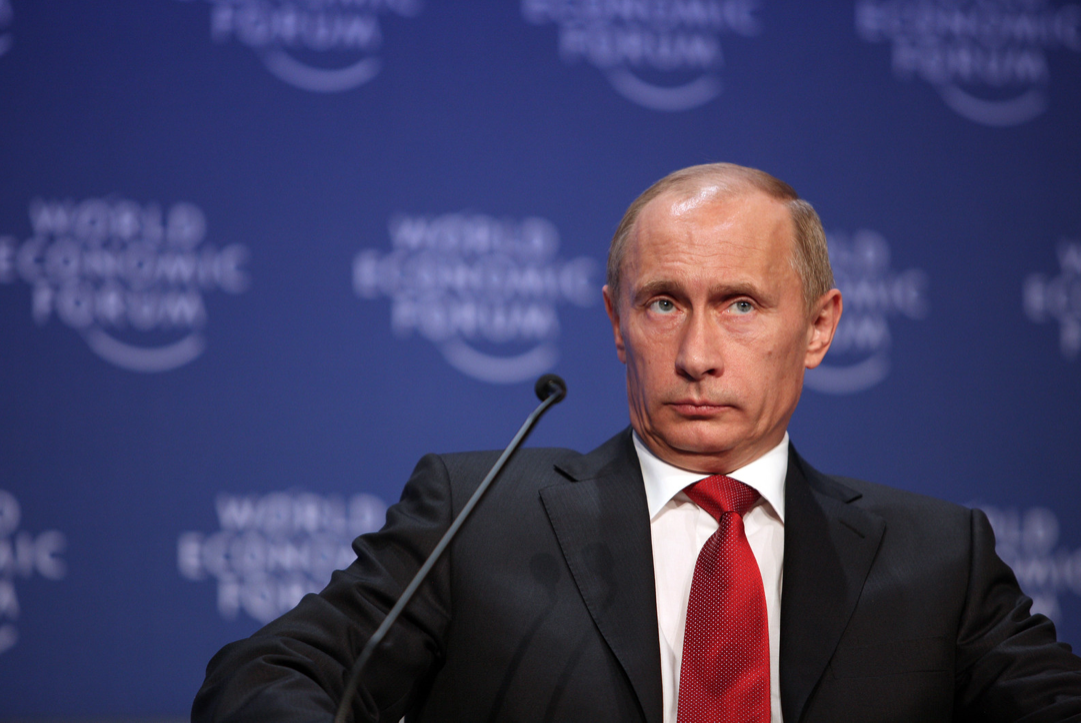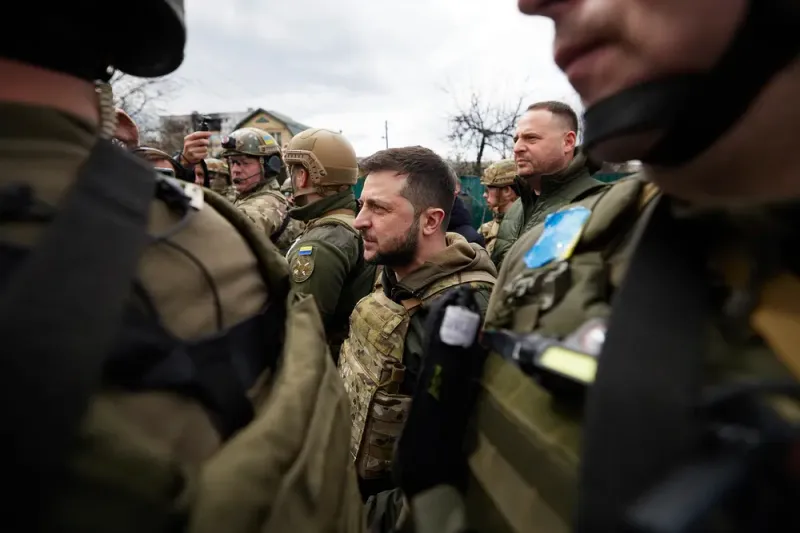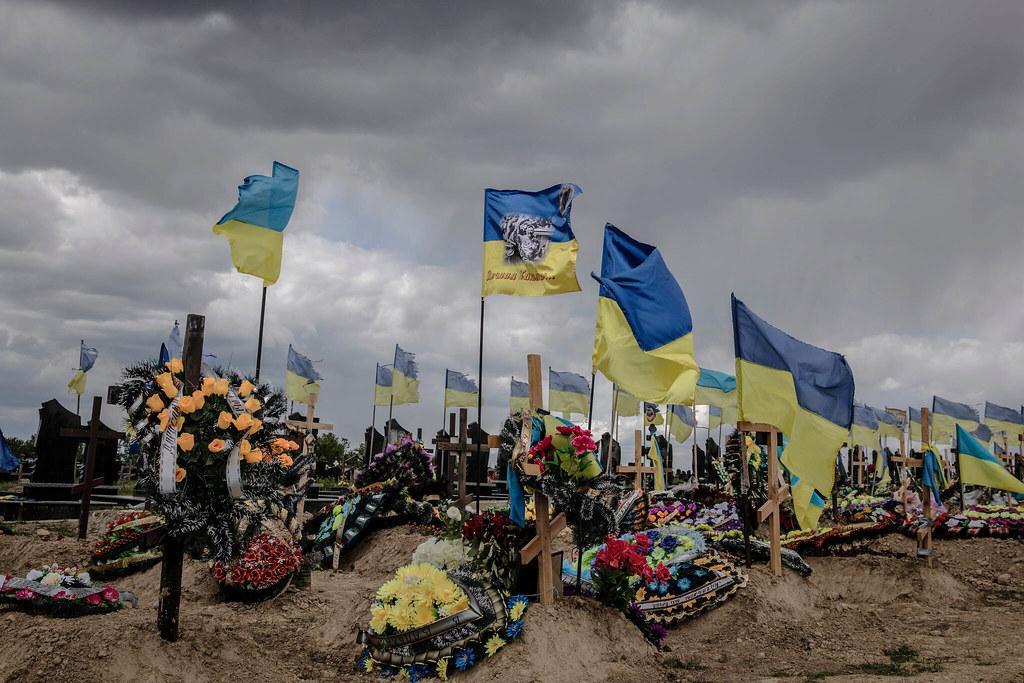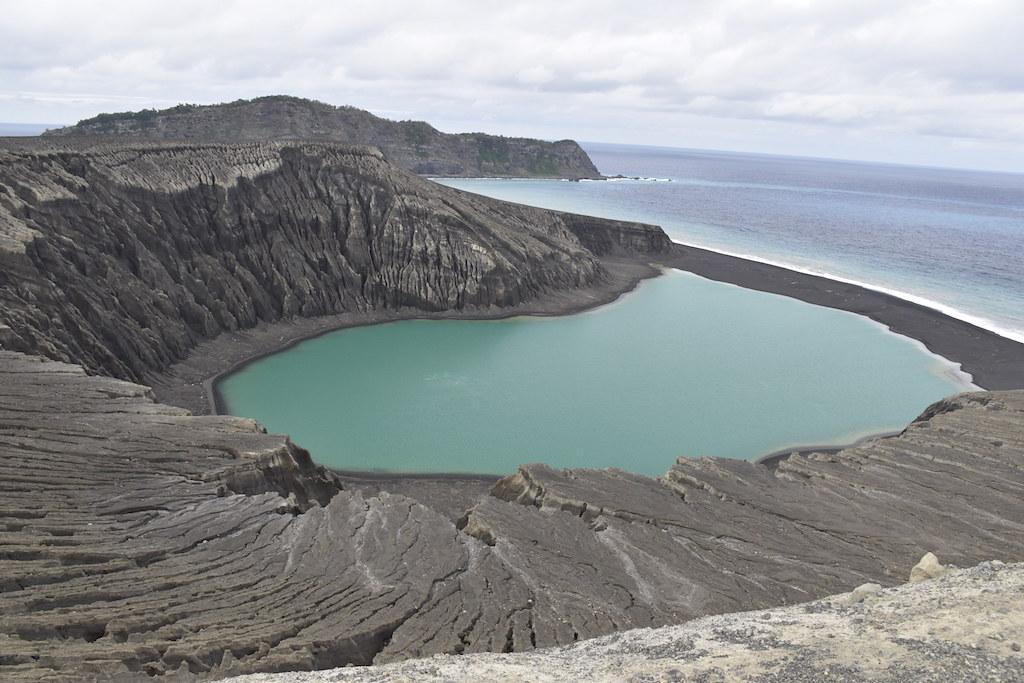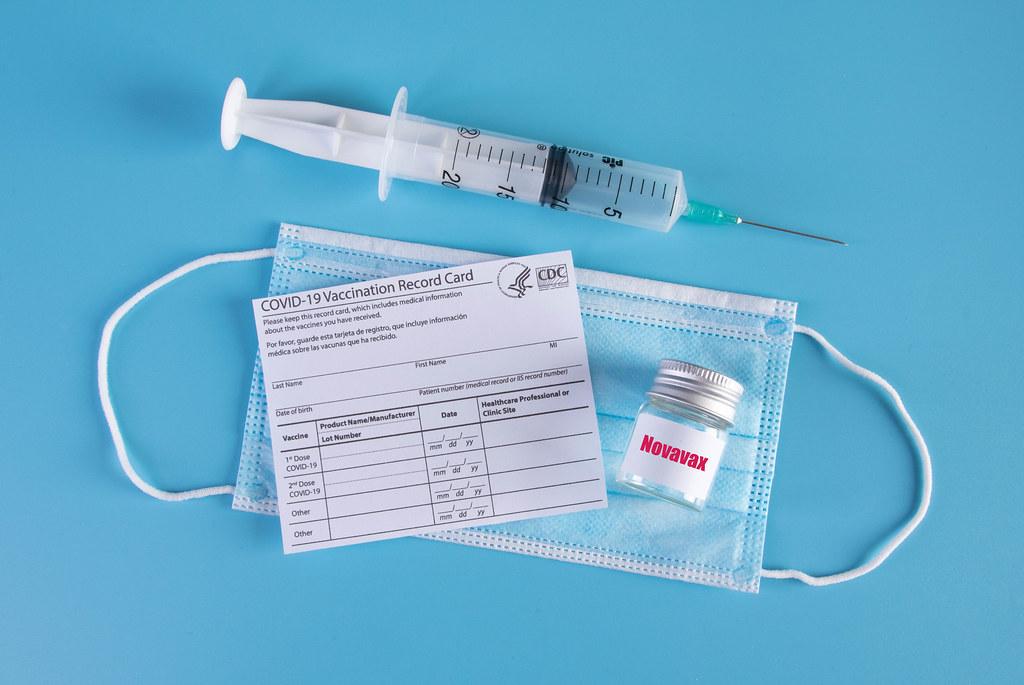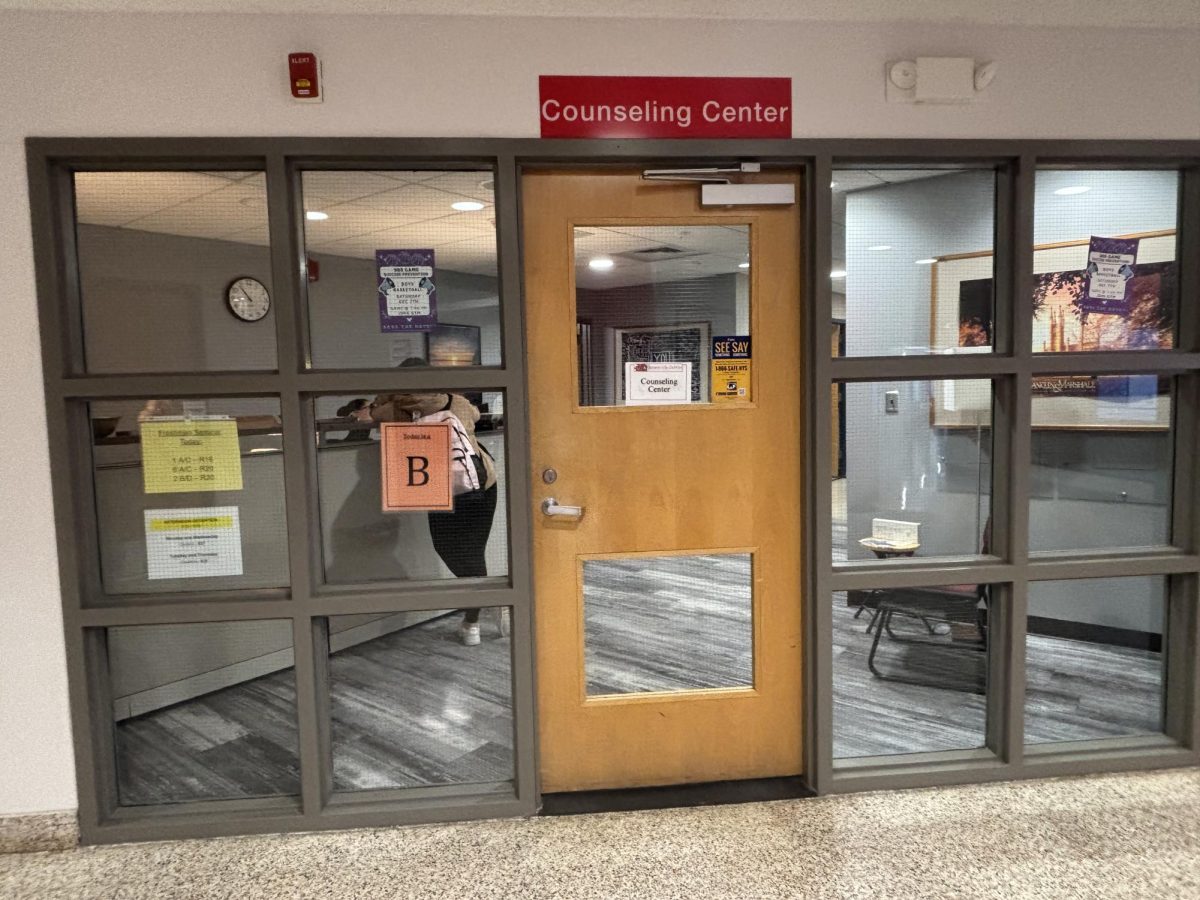In March and April 2021, Russia gathered around 100,000 soldiers as well as military equipment near its border with Ukraine. This was the highest force mobilization since 2014. The situation caused major concern over a potential invasion. In June, the troops were partially removed. Nevertheless, more than 100,000 troops were gathered near the border again by December. Ukraine and its allies fear an attack from Russia as tensions are the highest they’ve been in years.
The Russia-Ukraine crisis stems from the Russo-Ukrainian War which began in 2014. Russia had invaded Ukraine and annexed Crimea. This was highly criticized by the West because it violated international law. Russia annexed Crimea for its large Russian population, the strategic value of the peninsula, and because historically it had always been Russian territory. Recently, in December of 2021, Russia raised two draft treaties requesting “security guarantees.” This included a legally binding promise that Ukraine wouldn’t join the North Atlantic Treaty Organization (NATO). Furthermore, Russia pushed for a reduction of NATO troops and military hardware stationed in Eastern Europe. Russia threatened military response if demands weren’t meant in full. The United States and other NATO members rejected the request and warned Russia that they would increase economic sanctions if they invaded Ukraine. This current crisis is the most intense crisis between the two countries since the Cold War in the mid-late 1900s. In response to the Ukraine crisis in 2014, NATO suspended cooperation with the Russian Federation. Presently, Russia has become particularly alarmed by NATO’s increasing closeness with Ukraine. NATO would be obligated to defend Ukraine if it were to become a member. U.S. officials say they will not make peace with Russian President Vladimir Putin since Russia went around NATO’s policy that grants any European nation the right to ask to join the alliance.
On January 26, 2022, Russian and Ukrainian negotiators came to an agreement that a ceasefire must be obeyed “unconditionally.” The foreign minister of Ukraine said Russia doesn’t have enough troops assembled for a full-scale invasion. The conflict in Ukraine risks greater tensions between the U.S. and Russia as well as other parts of Eastern Europe. Moreover, a Russian attack into a NATO country would result in a response from the United States (a NATO ally). The conflict has solicited disagreements between Russia and the United States and Europe which could complicate cooperation in the future. The United States has already helped Ukraine build their military offensives by sending them billions of dollars. Furthermore, the U.S. continues to seek a diplomatic solution to the conflict in eastern Ukraine. President Biden claims there is a total consensus on how to deal with Russia. The Pentagon has 8,500 U.S. troops ready to be deployed to Eastern Europe. Additionally, NATO said it was sending ships and jets to increase the region’s defenses.
As tensions between Russia and Ukraine increase, actions are being taken by the United States and NATO to resolve the issue. After seven years of tension, the relationship between the two countries doesn’t look bright. Ukraine, the United States, as well as NATO countries, are holding their breath waiting for Russia’s next move.


